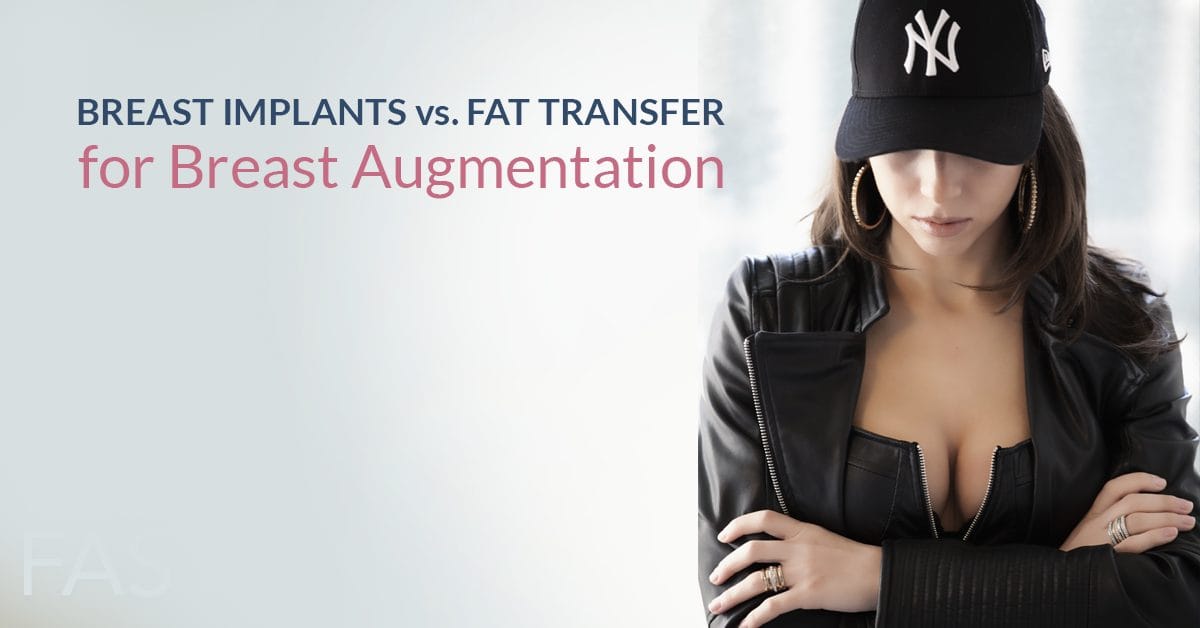Breast Augmentation Recovery Guide
Once you decide to have a breast augmentation (BA), the next question is, what will the recovery be like? How much pain will there be? When can I return to work? How soon can I return to exercising? What should I do and not do after the BA? When can I have sex? Hold my baby? Drive?
I will try to answer these questions, as I have been doing breast augmentations for over 25 years. Of course, these are general answers and each person is different.
If these answers do not seem correct for you, reach out to me, and perhaps I will answer you differently. I would add that different board-certified plastic surgeons (the only doctors who should be doing cosmetic surgery on the body!) have different post-op regimes. I am not suggesting that if they have a different routine, they are wrong. Rather this guide is what I have found most effective recovery after a breast augmentation.
Does The Type of Implant, Affect How I Will Feel After Surgery?
The most important factor affecting discomfort after surgery is if the implants are placed above or below the muscle. I feel strongly that it is always better for a breast augmentation, to place the implants BELOW the muscle (pectoralis major muscle).
There are 4 reasons for this:
- They feel more natural
- They look more natural
- They produce better mammograms
- They are less likely to develop capsule formation
Most discomfort after surgery comes from the muscle stretching over the implant. Nevertheless, it is well worth the trade-off since I believe you get a much better result. In addition, my breast augmentation patients bounce back extremely quickly after surgery, when they follow my recommendations.
Pain is not dependent on whether you have saline or silicone implants. Your recovery will be exactly the same for both. The reason is your body can only sense the volume (ie how large the implants are), not what material they are filled with.
One might think the larger the implants, the greater the discomfort. Surprisingly, this is not the case. I have placed quite large implants, requiring some stretching of the tissue to place them and the women have had very little discomfort. Conversely, I have placed small implants easily in some women which resulted in more discomfort than I expected.
It is my strong impression that women who exercise regularly, have an easier time after a BA. This is most likely true of every surgery.
What to Expect Right After Surgery?
Right after surgery, your breasts are going to feel tight. This will happen even if you did not select a large implant. Your chest muscles normally lie on your ribs and now they have to stretch over the implant. Of course, this also stretches the skin and fat. It is important to know that everyone will experience swelling after their breast augmentation. This swelling will increase by 72 hours.
The swelling will not be evenly placed around the implant. Rather it will mostly be in the upper pole of the breast. Your breasts will look like they are expanding. They will never swell the exact same amount, and there will be some differences between the two sides. Allow 3 – 4 months for the swelling to fully resolve. Once this happens they will drop completely into place. If you had a more extensive lift with your breast augmentation, this might take longer.
This tightness might make it difficult to take a deep breath. This is normal and will improve with time.
Breast Augmentation Recovery Tips That Speed Up Your Recovery
- The most important thing to do is to immediately begin stretching your chest muscles. I do mean immediately. You can start on the drive home. You should do a few of these stretches, every hour that you are awake. If you wake up in the middle of the night, do a few of these stretches. The stretches are simple and easy:
- Reach your hands up to the sky. You should fully extend your arms and shoulders.
- Reach to the sidewall
- Pretend you are doing up your bra in the back.
Stretching right from the beginning, makes your muscles quickly accommodate to their new position. I think this is the most important thing that can be done to quickly make you feel comfortable after surgery.
- Some women apply ice packs to their upper chest. Not all women find this helpful. However, there is no reason not to try this. If it is helpful, then please do this. It will not help with swelling after 3 days. Cooling does slow down nerve conduction, decrease swelling and possible inflammation. This means there is a good basis for why it may be helpful.
- Getting up and walking around will help speed up recovery. You don’t want to overdo it but you also don’t want to just lie in bed all day. Being active is important and so is rest.
Post Op Medication
I give all my patients a 5 days course of Celebrex which is a long-acting NSAID. (This is on condition they are not allergic to them or sulfa drugs). This should decrease any discomfort.
I also give most of my patients Percocet, which is a strong narcotic with Tylenol in it. You must take some food with the narcotic or it may lead to nausea. If you know you are prone to nausea, you should take a Zofran tablet, 30-45 minutes before you take the Percocet. (I also prescribe 3 Zofran tablets in case they are needed for nausea). If you do fine with this first dose of Percocet, you are usually fine with other doses.
If you do not take the Percocet then you can take Tylenol with the Celebrex. When you are on Celebrex you cannot take other NSAIDs such as Motrin, Advil, Ibuprofen, Alleve.
It is important to take enough painkillers that you are moderately comfortable after surgery and that you can sleep. Of course, you don’t need to take Percocet if you are just having minor discomfort. However, if you are quite sore and cannot rest, then you must take enough painkillers to be comfortable. Unless you have a history of narcotic addiction, you are unlikely to get addicted if you are taking a very short course of narcotics. Also only taking them when you get pain makes it even less likely.
I have some patients who did not need a single narcotic. More commonly, especially in those women who exercise regularly, to only take the narcotic at night when they are trying to get to sleep. They usually only need this for 1-3 nights. They tell me that it feels like they had a tough session at the gym, working their chest muscles hard and it is quite tolerable.
It is very uncommon that a woman will need more than the 20 Percocet tablets. At that point, I will usually switch them to alternating Tylenol with Motrin, every 2 hours, and not to exceed the recommended dose on the package.
What About Bowel Movements?
General anesthesia and narcotics can lead to constipation. If you have not had a bowel movement by the beginning of the third morning after surgery, I strongly recommend that you begin immediately and aggressively taking Dulcolax (or any other laxative you like) to get your bowels working that day. Otherwise, this will cause you to feel much worse than the breast augmentation ever did!
When Can You Shower?
I strongly recommend that you shower fully the night following your surgery. Having the water on your breasts and on the incision is perfectly safe. It keeps everything clean and you will feel much, much better after your shower. You can use any soap you want.
When Can You Hold Your Baby?
Of course, the answer varies from woman to woman. You can carry a young, small child immediately. Of course, be careful, if the narcotics make you feel drowsy.
If your child is larger, you should listen to your own body. You can actually do a lot of bonding with your child, by letting them sit on your lap, or lie next to you in bed. Or you can sit or lie on the floor next to your child. They don’t realize that you have not picked them up.
When you need to get them into a car or up on a high chair, you can improvise by using your knee to help lift them up. Remember you are extremely unlikely to do any damage if you accidentally pick up your child even if you experience pain afterward.
When Can You Drive And Return to Work?
As soon as you are off the narcotics and feel able to, you can drive. Most of my patients return to work by day 4 or 5. I have had some patients return to work on day 3 but that is very fast.
When Can You Exercise And What Types of Exercise?
You should not drive up your heart rate significantly for a week. However, you can go several miles on a leisurely walk as soon as you want. After a week, you can start exercising. You can do things like weights on your lower body, elliptical, spinning class, etc. You do not want to do things where your implants will bounce around. Start gradually and then increase over the next few days. Most of my avid runners will start running at about 2.5 weeks but start gradually and wear a snug bra.
You should wait 4-6 weeks before doing heavy chest/shoulder exercises and wild classes like cardio kickboxing and body pump etc.
I did a breast augmentation on a good friend of mine. She did a half Ironman (1.2-mile swim, 56-mile bike ride and then a 13-mile run) after only 5 weeks!
When Can You Have Sex?
You can have sex whenever you feel like it but don’t set a personal record before a week.
Final Instructions
If you are in doubt about anything, please feel free to reach out to me. If you are a patient of mine, and I have done surgery on you, then you will have my personal cell phone number and my email.
Contact Berman Cosmetic Surgery to schedule a consultation.
Contact us for a consultation!
Contact us for a consultation







